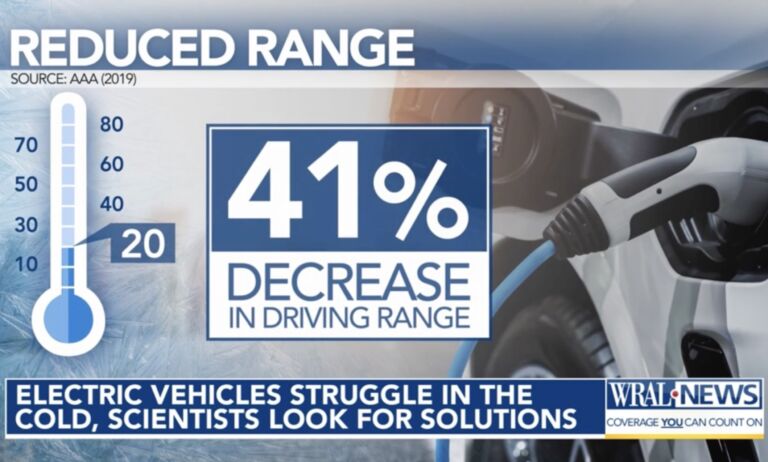Are Americans better off when federal bureaucrats operate more efficiently? Perhaps not, once one considers Alex Adrianson‘s recent take on this topic for the Heritage Foundation’s “InsiderOnline” blog.
We hear the federal civilian workforce today is no bigger than it was in the 1960s. Meanwhile, the U.S. population has grown about 74 percent since 1960. Are we under-governed compared to 1960?
Not when you consider what those federal workers are doing. As Chuck DeVore points out, the federal government outsources more jobs today than it did in the 1960s, making it less likely that the average federal employee wields a mop and bucket and more likely that he focuses on writing regulations. Indeed, DeVore calculates that the number of federal regulators has grown from 39,595 in 1960 to 137,159 in 2013. Meanwhile, technology has helped the average worker today become three times more productive than the average worker in 1960. That means regulators are likely to be more productive, too.
Indeed, the data show that the federal rule writers are writing rules at a much faster pace:
In the four years from 1960 to 1963, an average of 46,786 regulators produced an average of 13,835 pages in the Federal Register, most of those pages being regulations. This means that an average regulator could churn out roughly 0.30 pages of Federal Register every year. In the four years from 2010 to 2013, it took an average of 132,742 regulators to write 79,723 pages in the Federal Register—or, about 0.60 pages per rules-writing bureaucrat. [Internal citations omitted.] [“The Soft Tyranny Index: A Measure of Government Power to Command the Economy and Erode Liberty,” by Chuck DeVore, Texas Public Policy Foundation, January 2014]
We do wonder though, if the average private-sector worker is three times more productive today than he was in 1960, why is the average government regulator only twice as productive?


